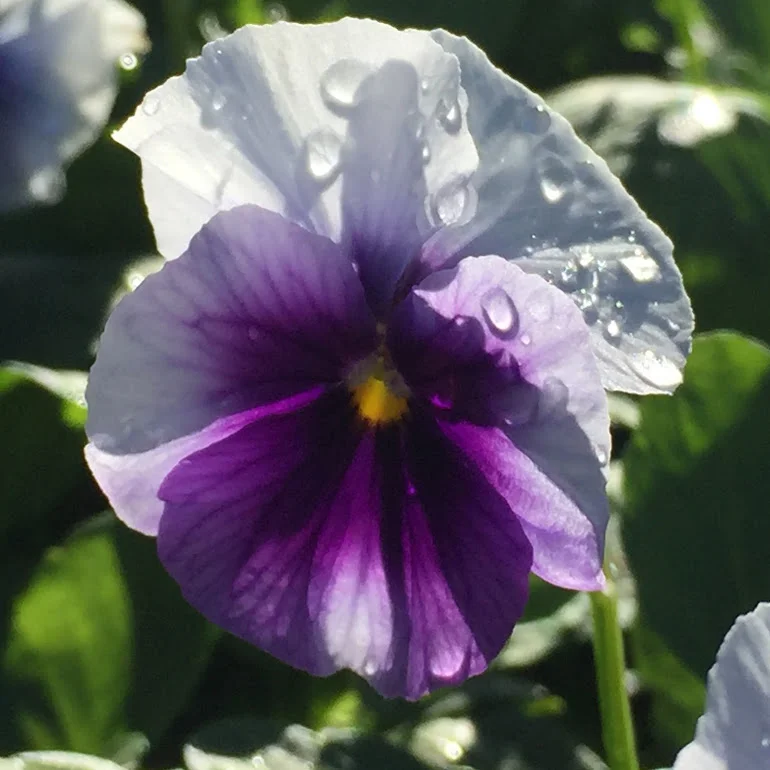Pansies Ain't No Pansies
To the new gardener, planting pansies now may seem like a futile effort considering that the first frosts of fall are looming on the horizon. Despite their name, pansies are a hardy plant that can thrive in seemingly sub-arctic temperatures. Pansies also have a rich history. Here are some amazing pansy facts:
Pansies are a hybrid plant derived from the viola species viola tricolor.
Originated in the early 1800s when it was first bred by William Richard, gardener to Lady Mary Elizabeth Bennet (no relation to the fictional character in Pride and Prejudice).
By 1833, there were 400 named pansy varieties available to gardeners who once considered its progenitor, heartsease, a weed.
The name pansy is derived from the French word pensée (thought) because the flower resembles the face of a person in deep thought.
Other names for the pansy include: heartsease (heart’s-ease), love in idleness, and flower of Jove.
Pansies are sometimes called the “Herb Trinity,” with its three colorful petals symbolizing the Holy Trinity.
Pansies are naturally a biennial, only blooming in their second year, but modern engineered varieties bloom during the first year (usually within 9 weeks).
Pansy Care Tips
By following these basic steps, your pansies can survive the winter and bloom again in the spring:
Plant in foundation beds in protected areas facing east and north.
In most cases pansies are hardy to -10 F.
Fertilize initially and water throughout the dry fall season, discontinue after a hard freeze.
Pansies may appear dormant until the growing season (March through late May).
Pansies are not recommended in areas without protection or in unprotected containers. Root balls tend to freeze in shallow setting. Mulching may help to insulate until the spring season.
Continuous freezing and thawing of the root balls can actually force them up and out of their holes if not properly planted.


